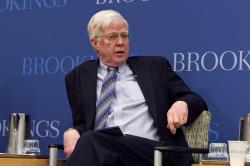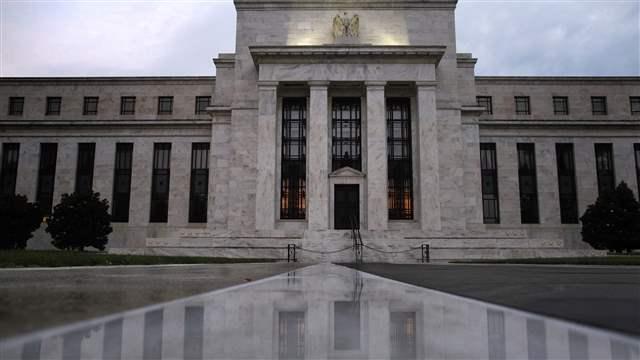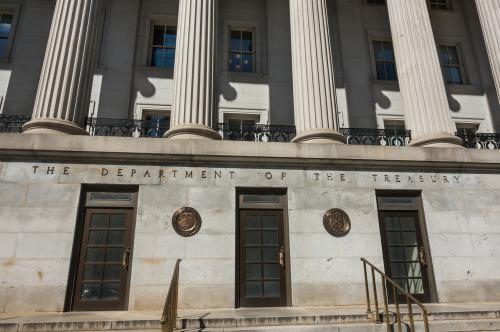Over the past quarter century, interest rates around the world have declined to extremely low levels. In “U.S. economic policy in a low-interest rate world,” (PDF) Barry Bosworth argues that, at the present low rates, monetary policy is largely ineffectual as a tool for economic stimulus, greatly raising the risks of a downward spiral of lower inflation, higher real interest rates, and further downward pressure on economic activity.
Bosworth examines the causes and implications from two perspectives. First, why has the United States been so reluctant to raise rates when by most standard measures the United States has returned to full employment? And second, can we explain the causes of today’s low rates and their persistence?
In addition, Bosworth dissects three major explanations of the depressed level of rates at the global level, finding problems with all explanations. The three hypotheses are:
- Excess savings: an excess of saving above warranted investment in major regions of the global economy
- Safe asset shortages: a shortage of safe assets that drives up their price, and lowers the return relative to more risky investments, and
- Secular stagnation: the possibility that the world economy faces a situation of secular stagnation–a persistent condition of deficient demand and high unemployment.
Following his analysis of the problems with all three hypotheses, Bosworth warns that the low interest rate environment may endure for many years.
“After a decade of sustained low nominal and real interest rates,” he writes, “it is difficult and risky to continue to rely on a notion that low rates are a simple reflection of a temporary underemployment disequilibrium that will soon pass.”
The Brookings Institution is committed to quality, independence, and impact.
We are supported by a diverse array of funders. In line with our values and policies, each Brookings publication represents the sole views of its author(s).




